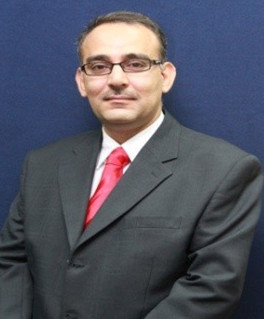Abstract—The effects of three physical pretreatment methods
(water bath, ultrasound and microwave) on the cellulose
recovery of water hyacinth were investigated in this study.
Before treatment, cellulose and hemicellulose content of dried
water hyacinth sample was 36.04%. After treating by
ultrasound (70oC for 1 h) at a ratio of deionized water (DIW)
(mL) to dried sample (g) of 10:1, cellulose and hemicellulose
content in the treated sample was 57.70.65 %. The highest
yield of cellulose and hemicellulose (58.190.59%) obtained by
water bath treament at 100oC for 1 h whereas the cellulose and
hemicellulose yield was 60.420.07% attained by microwave
pretreatment (350W, 10 min at a ratio of DIW (mL) to dried
sample (g) of 10:1). Therefore, among three pretreatment
methods, microwave assisted DIW pretreatment presented the
best efficiency on cellulose recovery. The outcome showed that
microwave assisted DIW pretreated water hyacinth is a
promising raw material for bioethanol production. The effects of
these treatments on the composition and structure of water
hyacinth were studied by thermogravimetric analysis (TGA),
Fourier transform infrared spectroscopy (FTIR) and scanning
electron microscopy (SEM).
Index Terms—Water hyacinth, Eichhornia crassipes,
cellulose recovery, ultrasound, microwave and water bath.
Bich Thuyen Nguyen Thi and Yi-Hsu Ju are with National Taiwan
University of Science and Technology, Department of Chemical
Engineering, 43 Sec.4, Keelung Rd., Taipei, 10607, Taiwan, R.O.C (e-mail:
ntbthuyen@ctu.edu.vn, yhju@mail.ntust.edu.tw).
Luong H. V. Thanh, T. N. Phuong Lan, and N. T. Dieu Thuy are with Can
Tho University, Vietnam (e-mail: lhvthanh@ctu.edu.vn,
tnplan@ctu.edu.vn).
[PDF]
Cite:Bich Thuyen Nguyen Thi, Luong H. V. Thanh, T. N. Phuong Lan, N. T. Dieu Thuy, and Yi-Hsu Ju, "Comparison of Some Pretreatment Methods on Cellulose Recovery from Water Hyacinth (Eichhornia Crassipe)," Journal of Clean Energy Technologies vol. 5, no. 4, pp. 274-279, 2017.


